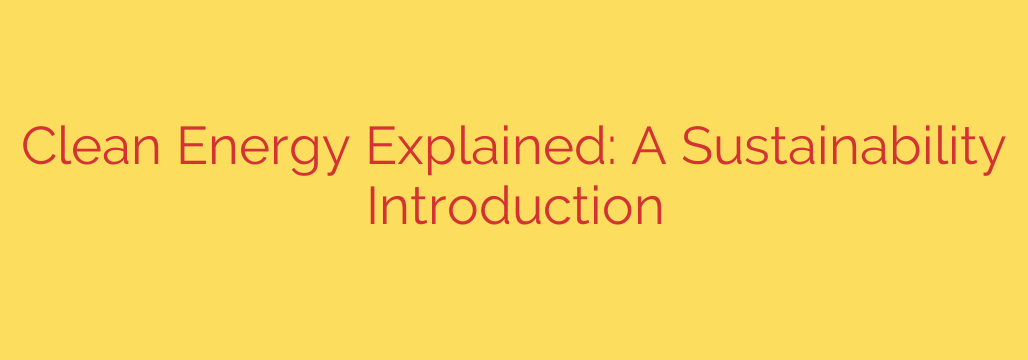
Embracing clean energy is absolutely essential for securing a healthy planet and a prosperous future. Unlike traditional fossil fuels such as coal, oil, and natural gas, which release harmful greenhouse gas emissions that drive climate change and contribute to severe air pollution, clean energy sources produce little to no damaging output. This fundamental difference offers immense environmental benefits, directly combating rising global temperatures and improving air quality, leading to better public health outcomes.
Beyond the crucial environmental advantages, the transition to clean energy brings significant economic advantages. It fosters the creation of new industries and creates vast numbers of green jobs, ranging from manufacturing and installation to maintenance and research. Furthermore, relying on domestically available, renewable resources enhances energy independence and provides greater stability against volatile global energy markets.
The core of clean energy lies in harnessing naturally replenished sources, known as renewable energy. Leading the way are solar power, capturing energy from sunlight using photovoltaic panels; wind power, utilizing turbines to convert wind into electricity; hydroelectric power, generating power from flowing water; geothermal energy, tapping into the Earth’s internal heat; and sustainable biomass, deriving energy from organic materials managed responsibly.
The global shift towards these sources is a vital part of achieving broader sustainability goals. It means meeting our present energy needs without compromising the ability of future generations to meet their own. The ongoing energy transition is not just an environmental imperative; it’s an opportunity for innovation, economic growth, and building a more resilient and equitable world.
Source: https://feedpress.me/link/23532/17063542/sustainability-101-what-is-clean-energy








